A stress test is a vital source to quickly determine a PCs performance or stability.
This helps to identify if any hardware is not functioning properly or not.
Whether to check CPU overclocking limits or health, stress testing is the best way to find out.

What is a CPU Stress Test & Why Do You Want It?
This test specifies how much processing power the chip can handle at its absolute condition.
Otherwise, random freezes or BSOD crashes will hamper your serious work.

While the processor is stressed, it operates at the max frequency while consuming max power.
This leads to a high temp, which lets you know about your processors present condition.
Eventually, this will also help to determine the OCs stability you just made.
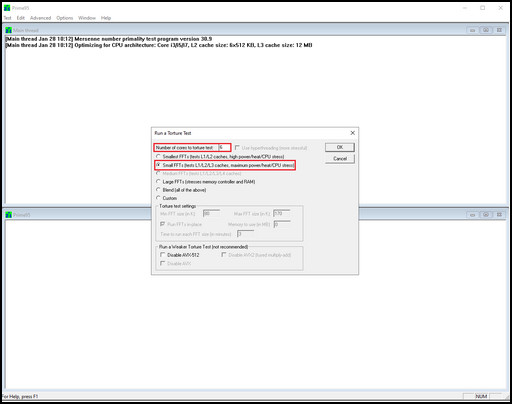
Besides this, there is synthetic testing & real-world testing.
The first one is manual testing with software like Prime95 to test the chips capability at 100% load.
Speaking of stress tests, heres everything you gotta know aboutGPU stress testing.
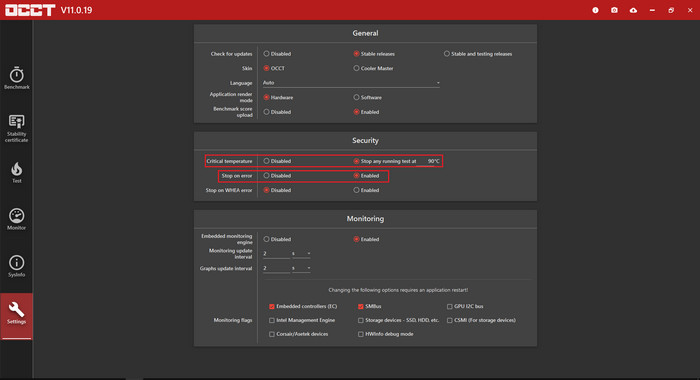
What is the Preliminary Steps & Cautions Before Stress Testing?
You need a baseline to ensure your PC is stable at the moment.
Because I forgot to reapply the thermal paste after cleaning my PC.
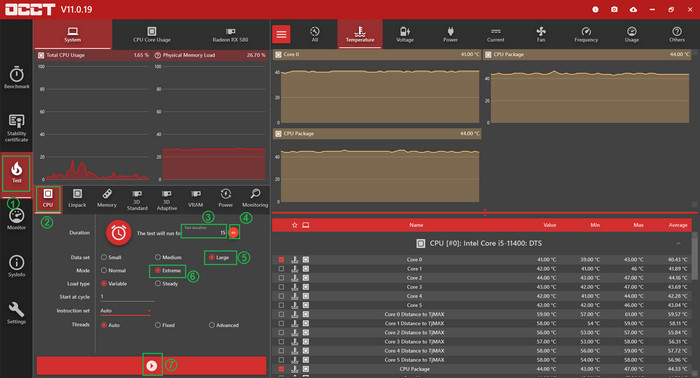
Luckily, the chip survived & gave me a lesson to take preliminary cautions.
As I was stress testing.
I was aware of the temps.
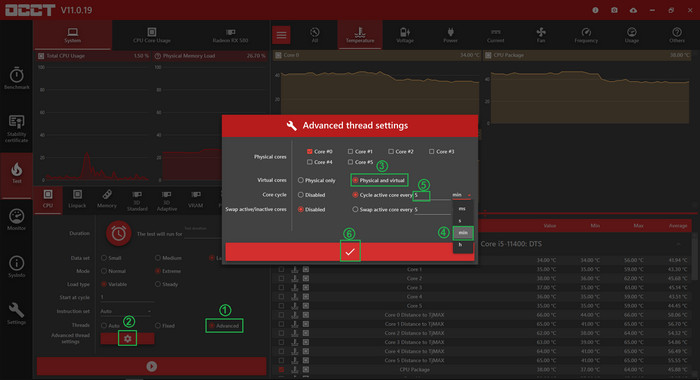
If I didnt check the temp & went directly for gaming, the chip would get fried.
So, to avoid such circumstances, following some precautions before stressing is a must.
During stress testing, some aspects should be followed to avoid inconvenience & validate the purpose of the test.
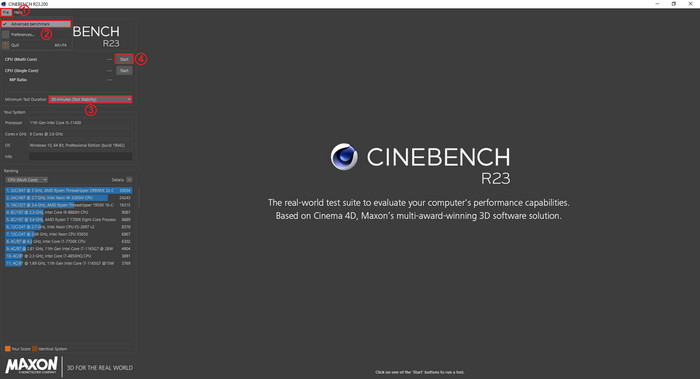
So use the software mentioned below with CAUTION.
Now, you take precautions, lets head to the section on how to stress test a CPU.
Its time to check how your chip is capable at max status.
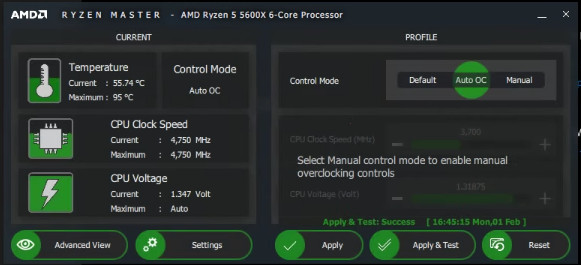
I will show the process of stressing the CPU with some 3rd-party software step by step.
You will have aSmall FFTsoption that will put immense pressure on the CPU & consumes massive power.
Another option isLarge FFTswhich put pressure on the memory controller & memory itself.
If you want combined stress for CPU & RAM, there is aBlendoption.
On the contrary, if your rig passes the Small FFTs for 24hrs, then its rock solid.
OCCT
Another great tool to stress test for a longer session is OCCT.
This app allows both single-core and multi-core pressurization.
you’re able to also manually set the timer of testing.
This software also has the option to stop stressing if it reaches a critical point or finds errors.
These two parameters will stop the test if it reaches the thermal threshold or detects errors.
Now its time to start the test.
Here are the steps to work with the software:
At this stage, the stress test will start.
If it identifies any errors, it will stop the process & show errors in the left bottom box.
On the contrary, it will showTest schedule completed.
Remember I told you to keep some default prefs after setting the mode to Extreme?
Well, this will stress all the cores at the same time.
However, to stress one core at a time, chooseAdvancedfor theThreads.
Then choose the setting icon forAdvanced thread tweaks.
Set bothPhysical & virtual cores.
Set a duration to cycle the cores.
Note that, depending on this time, the main duration time needs to be set accordingly.
So it is required to set at least 30 min Duration time on the main page.
Most PC tech reviewers use this softwares score to compare a processors performance.
The software runs a loop & accelerates the CPU temp in a short time.
The test renders a 3D scene to torture all the CPU cores.
The30-mintest is forchecking CPU stability.
From the list, select the10 minutesoption for aquick thermal test.
Carefully look out for the temperature.
For ashort stability test,choose the30 minutesoption.
Then click onStartfor CPU (Multi Core) to start the hammering on cores.
For a short time, it pushes the chip to its limit.
So use itwith caution.
Using this utility is very simple.
Whenever I want some quick stress test, this is the one I use most for Intel processors.
If I dont have the file, I download this fromhere.
Then I go to the downloaded folder.
Right-press theLinpack Extended.batfile & open it with run as administrator.
It will start the batch file & initiate the stress test.
It will show GFlops score, by which it’s possible for you to determine your processors performance.
If a test is completed successfully, it will showpassedunder Check.
Otherwise, if it showsfailed, then the chip is not stable.
you’re able to test OC stability with this software too.
After opening the app, selectAuto OCfrom theProfilesection.
Then click onApply & Test.
It will stress the CPU & check for stability.
Besides these, some honorable mention apps areHeavyLoad,AIDA64 Extreme, andCPU-Z.
With the help of this bunch of software, you might easily stress-test a processor.
But howlongshould a stress testrun?
How Long Should I Stress Test a CPU & Will it Damage the Chip?
You will stress test to see how much your processor can perform at its 100% load.
This will push the limits to a very high temperature.
But, dont worry.
In general cases, stress testing doesnt kill your CPU.
Intel & AMD implemented safeguard technologies in their chips if it detects critical temperatures.
So, in normal cases, it shouldnt damage your chip.
Usually, you oughta trigger the test for around 24hrs to validate an overclock.
So look out for the temps during this session.
Now, after spending a lot of time on stress testing, what can trigger a failed test?
If you are curious, read along.
What Causes a Fail Stress Test?
So what can cause the test to fail?
FAQs
What is dangerously hot for a CPU?
Which software to check CPU temp?
to monitor processor temperature.
How to OC memory?
you’re free to enable XMP or D.O.C.P.
from the BIOS to operate the memory sticks at the rated frequency advertised by the manufacturer.
Though these options are more stable, they have usually loose timings than the memory is capable of.
Look for 100% CPU usage & maintain a safe temp.
Stop the testing apps immediately if you hit very high temp.
In that case, ensure a proper cooling system & reapply the thermal test.
In this article, I showed the proper way to stress a CPU.
Dont forget to tell your experience in the comment.
Remember, stress the chip, not yourself.